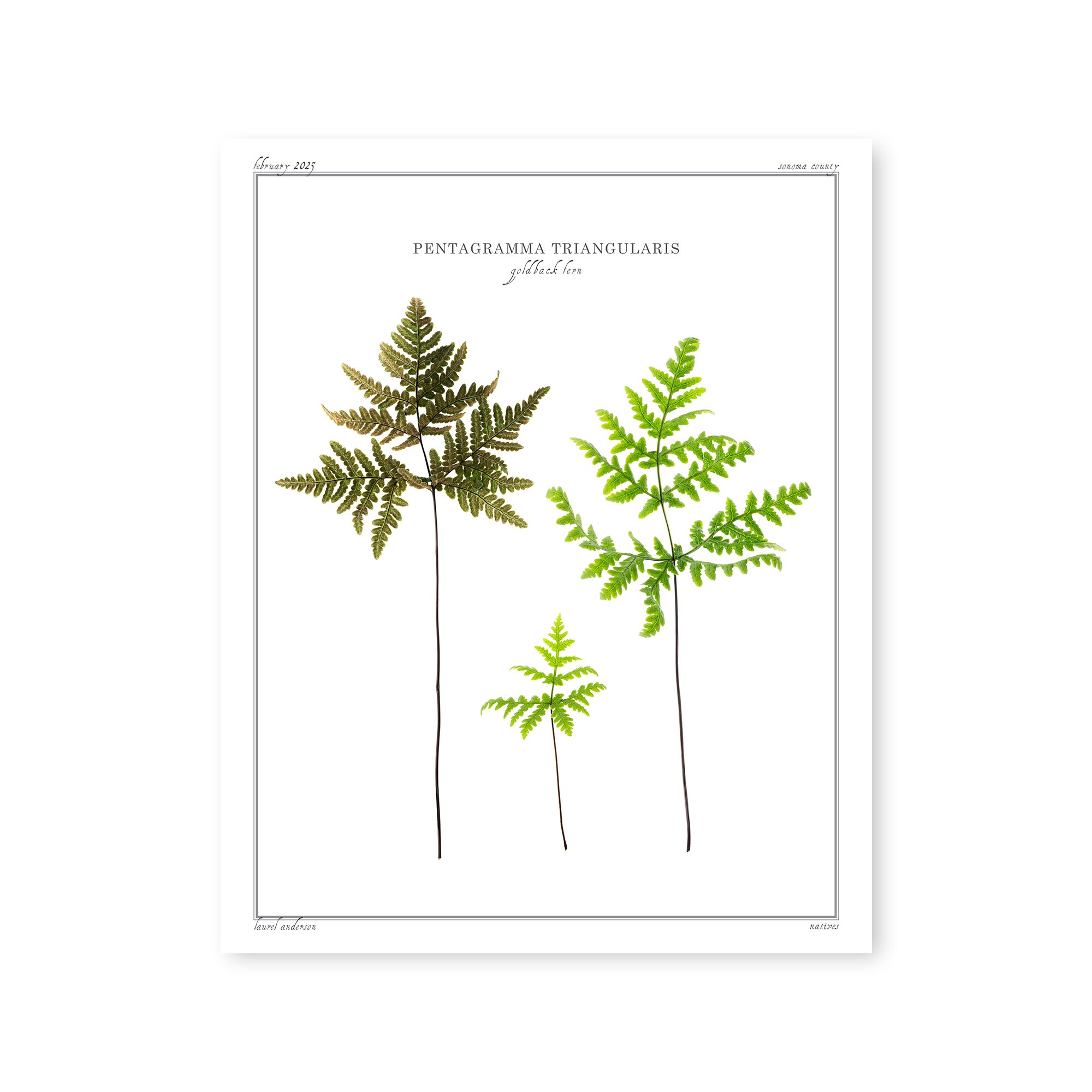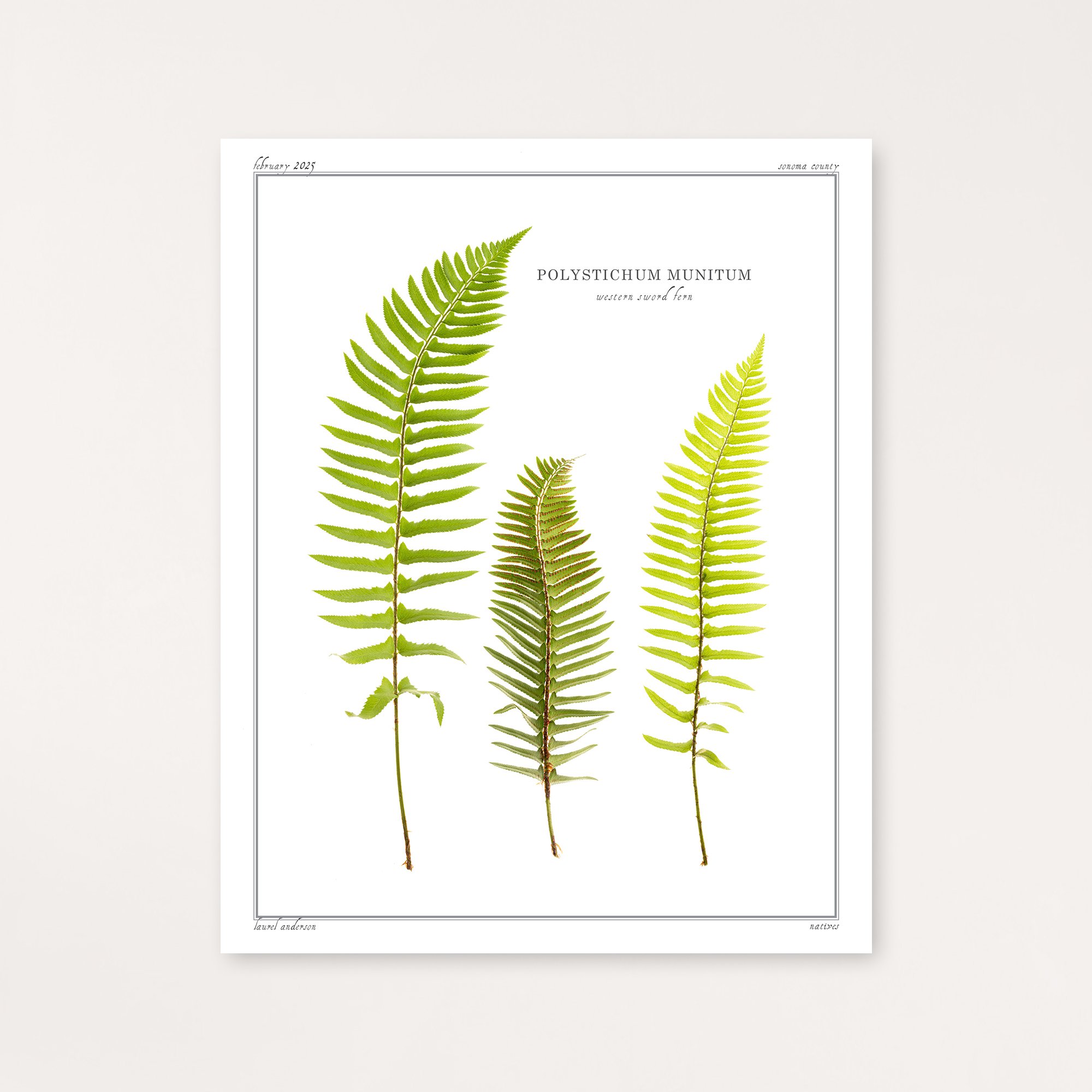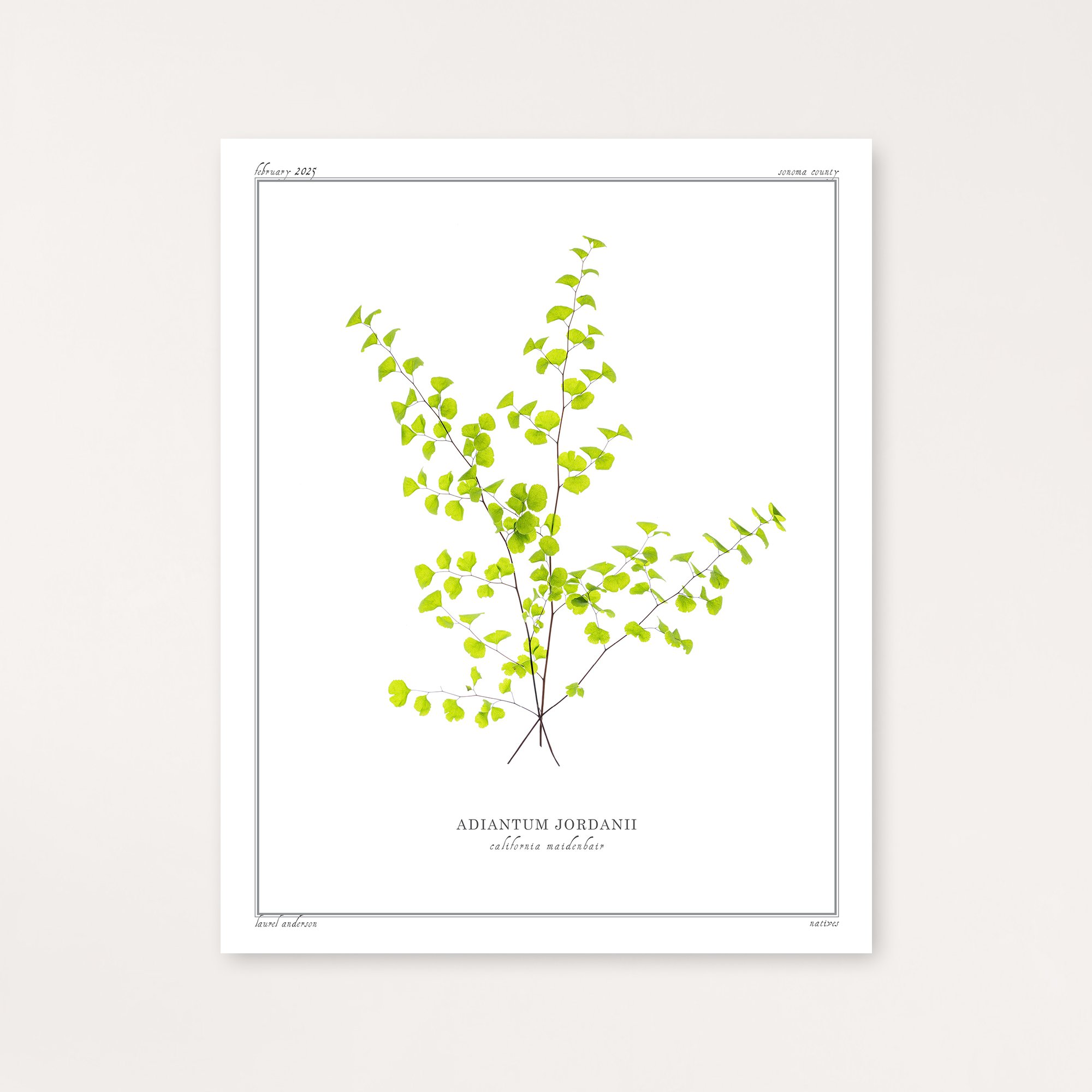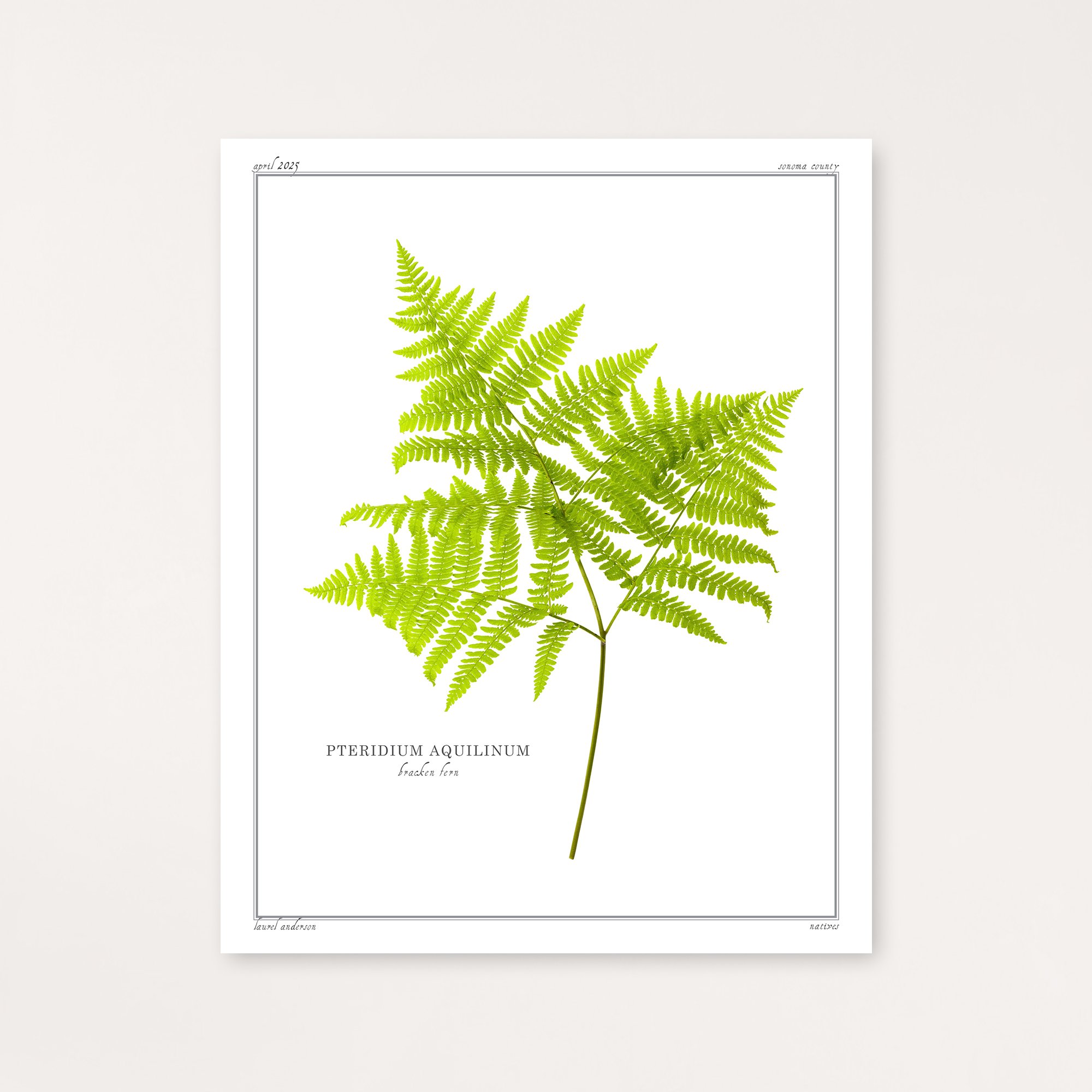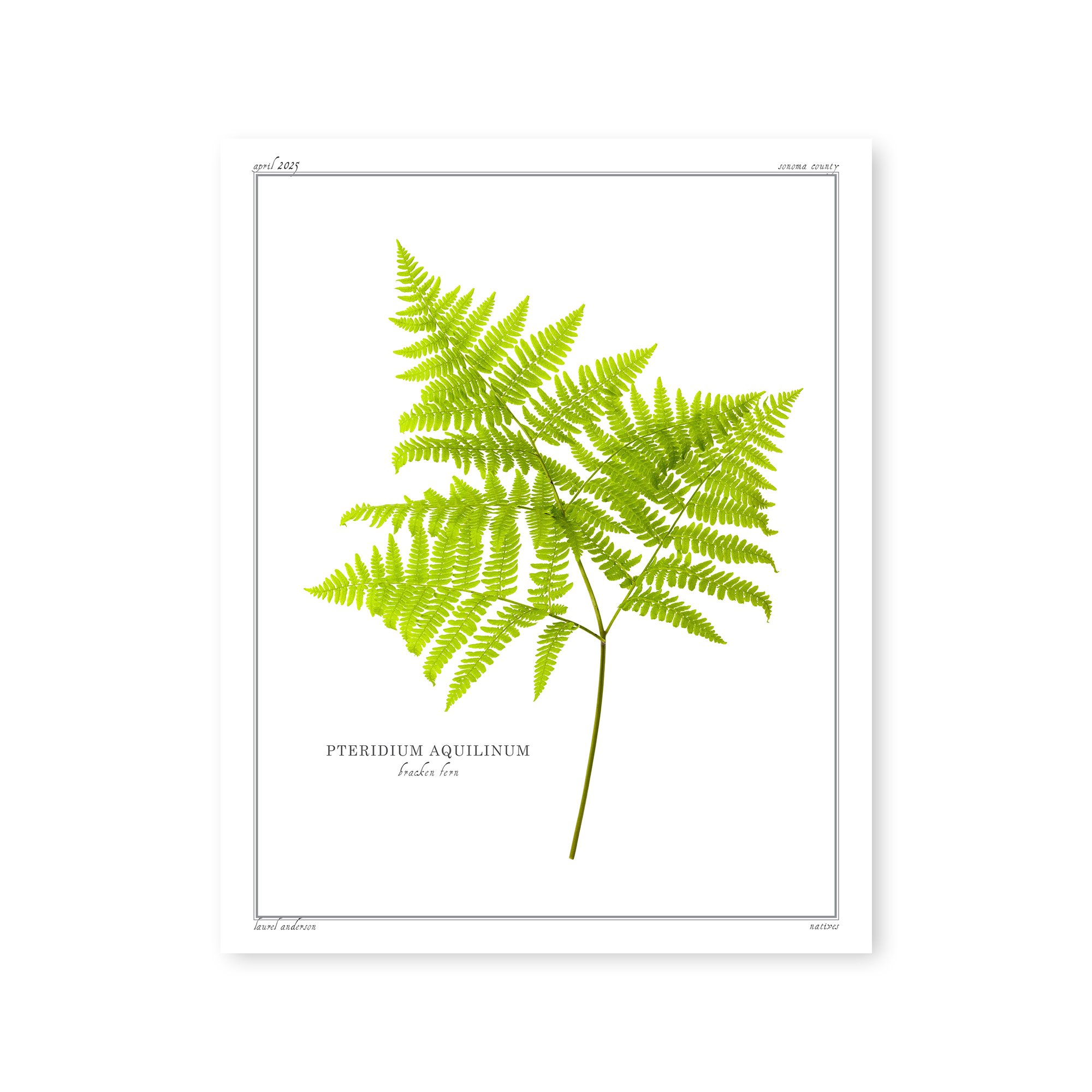 Image 1 of 2
Image 1 of 2

 Image 2 of 2
Image 2 of 2



Coastal Woodfern
Coastal Woodfern, Dryopteris arguta, grows throughout California's oak woodlands and shaded slopes from sea level to elevations over 8,000 feet, extending along the west coast from British Columbia to Baja California and into Arizona. This elegant evergreen fern produces lance-shaped fronds up to two feet long with finely toothed leaflets that distinctively angle like half-closed blinds, giving it a characteristic ruffled appearance.
The fern serves as an important food source for Dusky-footed Woodrats, Neotoma fuscipes annectens, which collect its fronds for their elaborate stick houses. It also provides larval habitat for native moths, including the Orange Tortrix Moth, Argyrotaenia franciscana.
Indigenous peoples gathered the rhizomes in spring for food and prepared decoctions from the roots to treat vomiting and internal bleeding. The fronds served multiple practical purposes: they were used to clean meat and cover it to keep flies away, while infusions of the fronds made effective hair washes. The fern's sturdy structure and deer resistance made it a reliable resource in traditional land management practices.
Each print is made by the artist using archival quality pigment ink on Moab's Entrada Rag Bright 300 paper.
Coastal Woodfern, Dryopteris arguta, grows throughout California's oak woodlands and shaded slopes from sea level to elevations over 8,000 feet, extending along the west coast from British Columbia to Baja California and into Arizona. This elegant evergreen fern produces lance-shaped fronds up to two feet long with finely toothed leaflets that distinctively angle like half-closed blinds, giving it a characteristic ruffled appearance.
The fern serves as an important food source for Dusky-footed Woodrats, Neotoma fuscipes annectens, which collect its fronds for their elaborate stick houses. It also provides larval habitat for native moths, including the Orange Tortrix Moth, Argyrotaenia franciscana.
Indigenous peoples gathered the rhizomes in spring for food and prepared decoctions from the roots to treat vomiting and internal bleeding. The fronds served multiple practical purposes: they were used to clean meat and cover it to keep flies away, while infusions of the fronds made effective hair washes. The fern's sturdy structure and deer resistance made it a reliable resource in traditional land management practices.
Each print is made by the artist using archival quality pigment ink on Moab's Entrada Rag Bright 300 paper.


